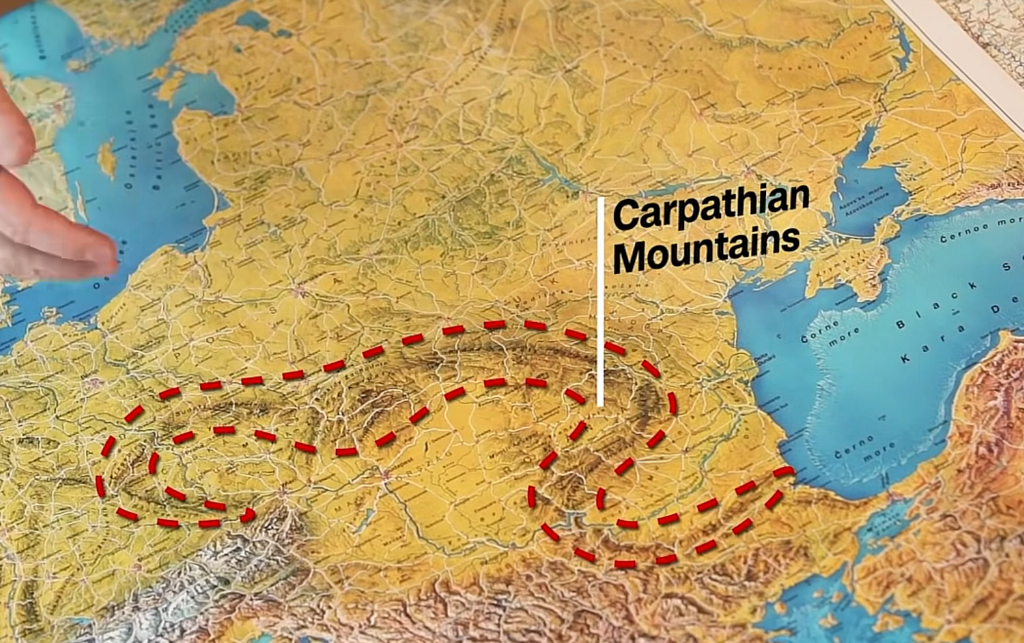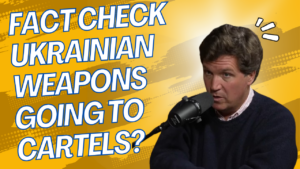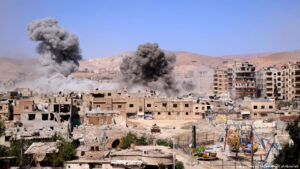
Russia’s invasion of Ukraine shocked the world, but a deeper look at the country’s demographic and geopolitical landscape offers some clues as to why Vladimir Putin made this move. The decision to act now isn’t just about expanding territory or reclaiming influence—it’s rooted in Russia’s shrinking population, historical vulnerabilities, and an urgent need to secure its future while it still has the military capacity to do so.
Geography and the Need for Control
Russia’s vast geography has always been both a blessing and a curse. The country spans thousands of miles, encompassing forests, rivers, and frozen steppes, but its lack of natural barriers on the European Plain has made it vulnerable to invasion for centuries. From the Poles in 1605 to the Germans in World War II, Russia has repeatedly been attacked from the west. This flat terrain offers a direct route to Moscow, and without mountains or deserts to shield it, Russia is left exposed.
For centuries, Russian leaders have sought to push their borders outward, creating a buffer zone that could protect against these historical threats. Ukraine, sitting at the heart of this strategic geography, represents a critical piece in this defensive puzzle. By controlling Ukraine, Russia gains a vital barrier against Western influence and military expansion, particularly from NATO.
A Demographic Time Bomb
Beyond geography, Russia is facing a demographic crisis that adds urgency to Putin’s actions. Russia’s population is not only shrinking, but also aging rapidly. According to the United Nations, the country’s population is projected to decline by as much as 25% to 50% by 2100, leaving Russia with potentially just 74 million people compared to its current 146 million. This sharp decline will be accompanied by an older and more fragile population, with fewer young people to support the economy or military efforts.










